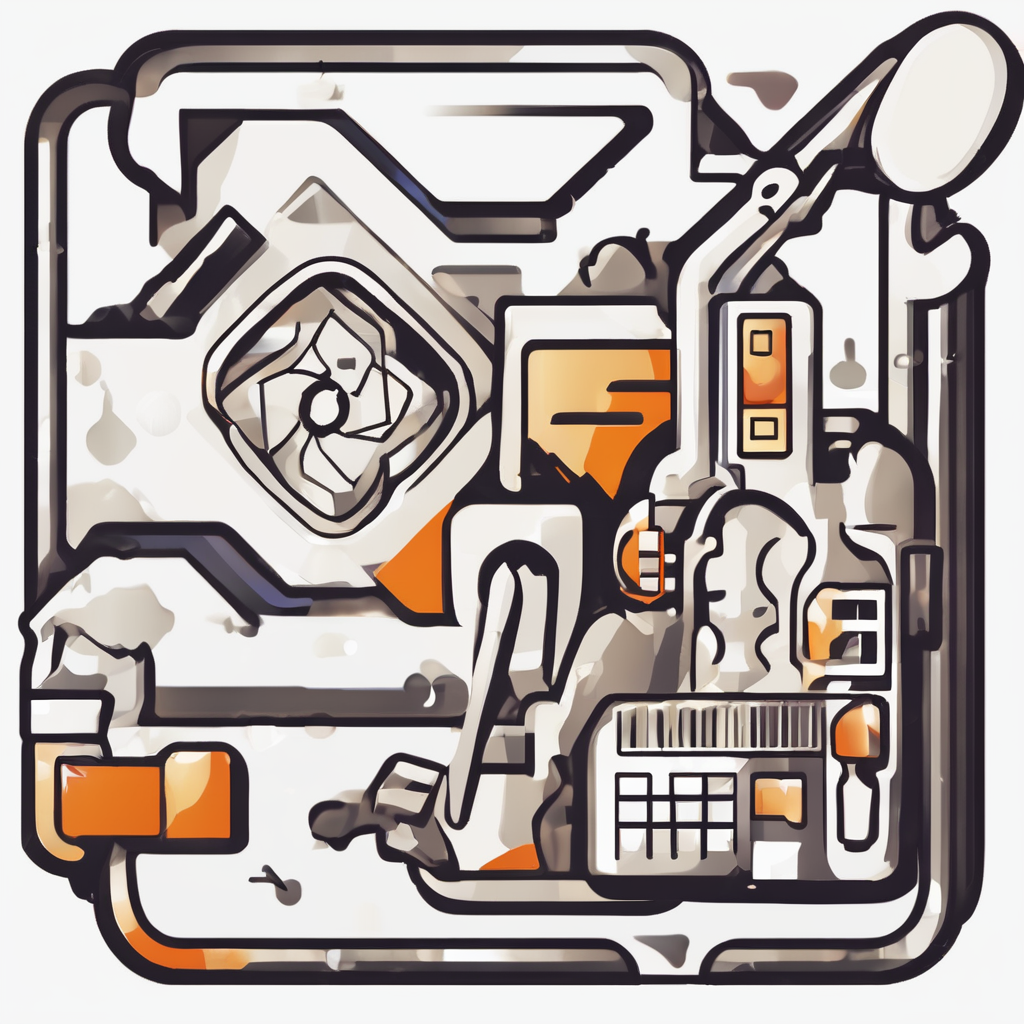Essential steps to create a pet-friendly garden in the UK
Creating a pet-friendly garden UK begins with a thorough assessment of your outdoor space to identify potential hazards. Look closely for sharp objects, toxic plants, or areas where pets could get trapped. This initial evaluation ensures garden safety for pets by addressing risks before they become issues.
Next, consider the specific needs of common household pets in the UK, such as dogs, cats, and rabbits. Each species requires different environments: dogs may benefit from secure fencing and digging zones, whereas rabbits need sheltered, chew-proof areas. Tailoring the design to these needs is vital for ensuring your pet’s enjoyment and wellbeing.
Have you seen this : How can I start a pet adoption process in the UK?
Prioritising ongoing safety involves not only choosing the right materials and plants but also regularly monitoring the garden for new hazards. Regular inspection helps maintain secure boundaries and clean, unobstructed paths. This proactive approach to garden safety for pets ensures the outdoor space remains a safe, stimulating environment year-round. By combining careful planning with attentive maintenance, your garden becomes a true haven for pets in the UK.
Choosing pet-safe plants and avoiding toxic species
Selecting pet-safe plants UK is crucial for creating a garden where pets can explore without risk. Popular safe garden plants include lavender, rosemary, and marigolds, which are well-suited to the UK climate and non-toxic to common pets. Incorporating these plants promotes a vibrant, safe environment for pets.
Have you seen this : How can you make your UK home more pet-friendly?
However, you must be vigilant about poisonous plants for pets. Common toxic species found in UK gardens include foxglove, rhododendron, and lilies. These can cause severe reactions if ingested. To protect your pets, avoid planting these species or remove existing ones promptly.
Before introducing new plants, verify their safety by consulting reliable UK plant safety lists or databases. This step ensures confident choices and minimises risks to pet health. Additionally, keep in mind some plants may be harmless through touch yet harmful if eaten.
In summary, combining knowledge of pet-safe plants UK with awareness of common hazards gives you a clear foundation to cultivate a beautiful, safe outdoor space. Thoughtful plant selection is a simple but impactful step toward garden safety for pets and enriches your pet-friendly garden UK for years to come.
Designing a safe and functional garden layout
Designing a pet-friendly garden UK relies heavily on a well-planned garden layout pets can safely navigate. A clear, open layout with defined paths and sightlines helps pets move freely while avoiding hidden dangers. Keeping pathways free from clutter and sharp edges promotes continuous garden safety for pets, preventing accidental injuries.
Establishing secure boundaries is essential. Using fencing options tailored for specific pets—such as tall, sturdy fences for dogs or low, tight mesh for rabbits—ensures containment and protection. When considering pet-friendly landscaping UK, it’s important these boundaries prevent escapes but also avoid sharp nails or gaps that could harm curious animals.
Incorporating dedicated activity zones adds enjoyment and reduces destructive behaviours. For example, creating a digging area with loose soil satisfies dogs’ natural instincts safely, while shaded spots provide relief during warm UK summers. Thoughtful design combining security and stimulation supports both the physical and mental wellbeing of pets, reflecting expert UK pet garden advice. This balance between safety and function elevates your outside space into a reliable, enjoyable haven for all types of pets.
Pet-friendly lawn care and ground surfaces
Selecting the right pet-friendly lawn UK is crucial for both comfort and safety. Opt for durable, non-toxic grass varieties like perennial ryegrass or fescue, which withstand regular pet activity and UK weather conditions. These grasses recover quickly from wear and provide a soft, safe surface for paws.
Avoid using chemical fertilisers, pesticides, or herbicides harmful to pets. Instead, use natural alternatives such as organic compost or pet-safe lawn care products to maintain healthy, lush turf without risking toxicity. Regular watering helps keep the grass resilient and cool for pets.
When lawn options are limited, consider safe garden surfaces like pea gravel, artificial turf, or mulch made from untreated bark. These alternatives help reduce muddy areas and are gentle on pet paws while avoiding ingestion risks.
Pay attention to ground texture to prevent slipping and ensure pet comfort. For example, soft grass areas mixed with hard surfaces create balanced zones for play and rest. Combining various pet-safe grass and ground materials enhances your garden’s usability and safety, encouraging pets to explore confidently.



